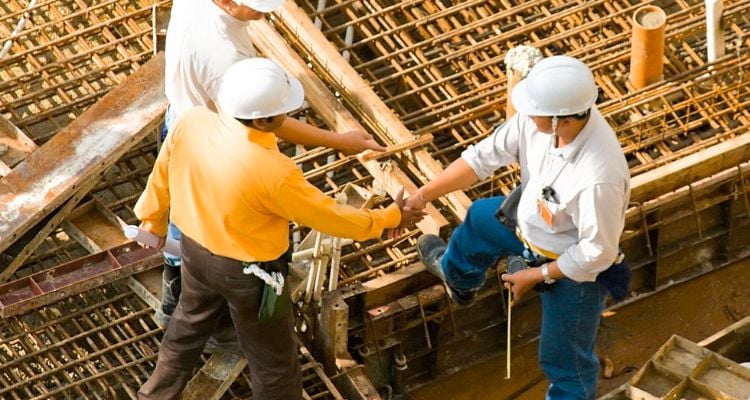Any contractor who has been in the construction space for any length of time will have likely heard the term AIA-style invoicing, a common method for invoicing in the commercial construction space. But what does that mean?
Simply put, AIA-style invoicing is typically built around a standardized set of forms first introduced by AIA. These forms include the AIA Document G702®–1992, Application and Certificate for Payment and the G703®–1992, Continuation Sheet from the American Institute of Architects (AIA).
The AIA G702—often called the AIA billing form, progress billing form, payment app, or pay app—is the summary sheet of billing progress. AIA Document G703-1992 breaks the contract sum into portions of the work in accordance with a schedule of values.
Key elements of the invoice forms include:
-
Original contract price
-
Contract sum to date (including the total dollar amount of the work completed and stored to date)
-
Itemized list of work completed during the period (along with the scheduled value)
-
Amount of retainage (if any)
-
Total earned less retainage
-
Total of previous payments
-
Summary of change orders
-
Current payment due
While not all contractors and owners use the standardized AIA version of these forms, most pay applications are built around the AIA G702/G703 fundamentals and general format.
Here’s a few tips to keep in mind when filling out your AIA style invoices:
- Tip #1: Original Contract Sum: This number should never change. This is the total price that your client agreed to pay.
- Tip #2: Net Change by Change Orders: This one can be confusing. The only change orders that should be included in this application are the ones that have been priced and approved. Experts recommend listing change orders in a separate table.
- Tip #3: Balance to Finish Including Retainage. The AIA form was not designed to reflect partial payment of an application. Your company must keep track of what’s been paid versus what’s been earned and invoiced or applied for.
It’s worth noting that AIA has billing forms for other procurement methods, including the A133™ – 2019, Standard Form of Agreement Between Owner and Construction Manager (cost of the work plus a fee with a guaranteed maximum price) and the A134™–2019, Standard Form of Agreement Between Owner and Construction Manager (cost-plus-a-fee method). In a project with a Construction Manager as Adviser (CMa), the AIA offers the G732™–2019, Application and Certificate for Payment, CMa Edition (formerly G702™CMa–1992). Also for design-build projects, the G742™–2015, Application and Certificate for Payment for a Design-Build Project and the G743™–2015, Continuation Sheet for a Design-Build Project.

Key Takeaways:
-
The System: AIA billing is a standardized process using the G702 (summary) and G703 (detailed breakdown) forms to create a transparent pay application.
-
The Goal: The purpose is to establish a clear, consistent, and reliable method for contractors to bill for work and for owners to understand the project's financial progress.
-
The Golden Rule: Accuracy is everything. A clean, error-free pay application with only approved change orders is the fastest way to get paid.
-
The Bottom Line: Submitting a proper pay application isn't just paperwork—it's a critical business practice that directly impacts your cash flow.
Understanding the basics of the G702 and G703 provides a strong foundation for navigating any AIA-based payment process. Mastering this system is a key skill for ensuring the financial health of your business.






